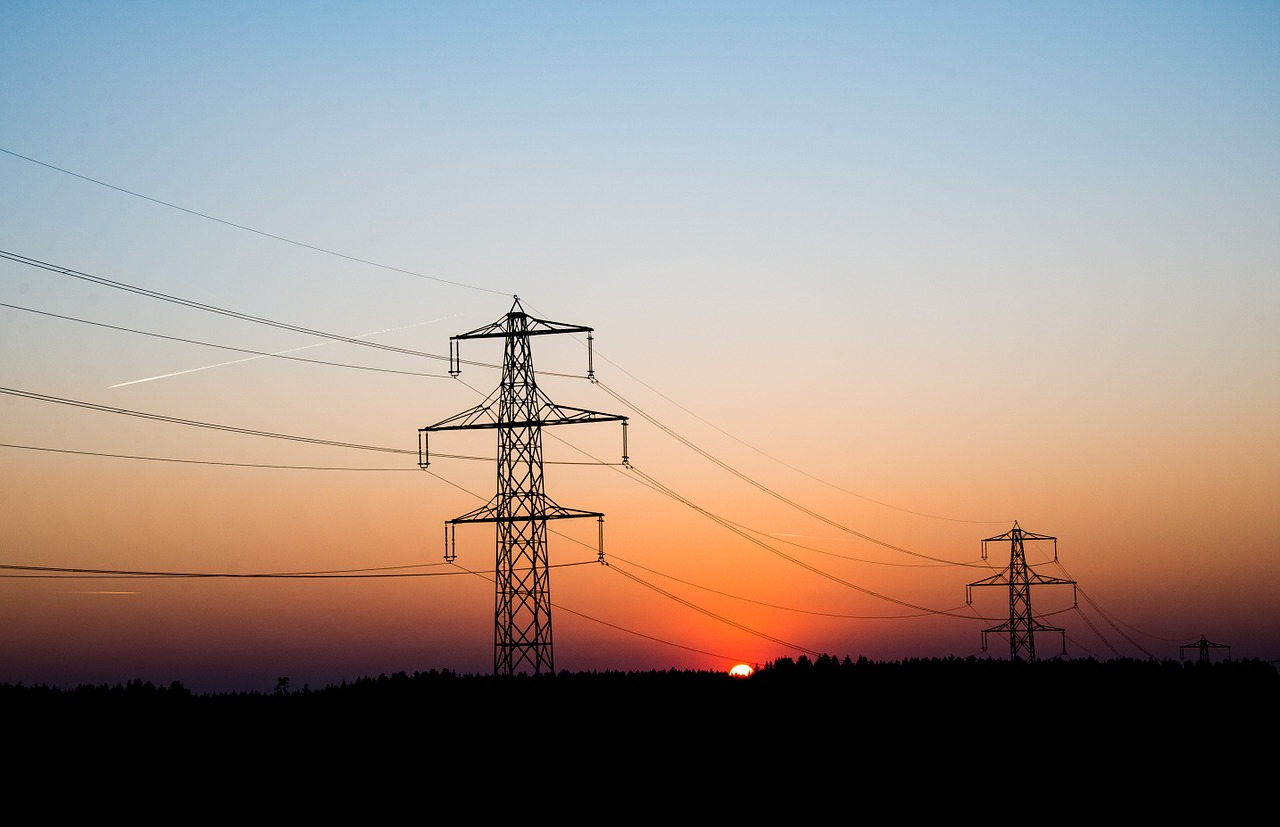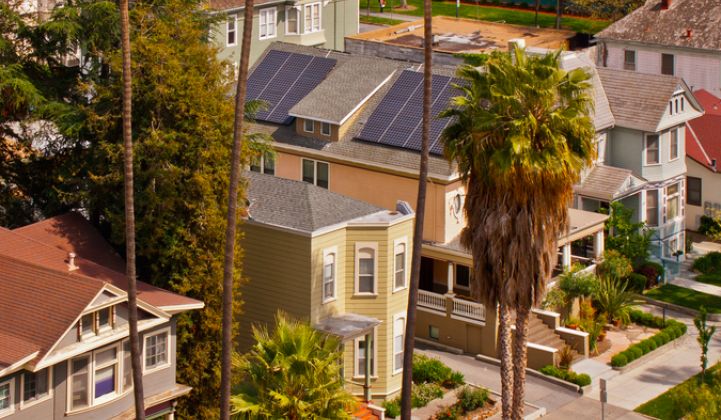Prosecutors charge 74 with crimes related to Portland protest
ACCORDING TO FOX NEWS IT IS CHAOS AND ANARCHY IN THE STREETS OF AMERICA AND AN UNREGISTERED DRONE

DANGEROUS USE OF A LEAF BLOWER
RELATED ACLU sues Trump administration over federal agents at Portland protests
"Violent agitators have hijacked any semblance of First Amendment protected activity, engaging in violent criminal acts and destruction of public safety," Williams said in a statement, adding that "agitators" have only delayed "real reform" and make communities "less safe by keeping law enforcement from responding to other critical calls for service."
"The nightly violence has to stop," added Russel Burger, U.S. Marshal for the District of Oregon.
Protests in Portland have been going for more than three months, both as part of the Black Lives Matter movement and to oppose the federal police presence. Since Trump deployed the officers, there have been numerous arrests and accusations of excessive force and detainment without probable cause
Recently, Portland police have declared the late-night protests unlawful assemblies or riots and have arrested hundreds for offenses like rock-throwing, window-breaking and vandalism.
Mayor Ted Wheeler, who was arrested and even tear-gassed at one rally last month, urged residents this week to unite and denounce violence at the demonstrations.
"My call to action tonight is for all of us in this community to come together and say that we do not tolerate the violence, that we want it to end, and that we want to get about the business of cleaning up our community," he said in a virtual town hall meeting.

DANGEROUS USE OF A LEAF BLOWER
Activists protest against racism and police brutality and clash with local and federal officers at the Justice Center in Portland, Ore., on July 27. File Photo by David Swanson/EPA-EFE
Aug. 28 (UPI) -- Federal prosecutors say they have charged at least 74 people with crimes associated with weeks of civil rights protests in Portland Ore., following the death of George Floyd in Minnesota.
U.S. Attorney Billy J. Williams said Thursday the accused face charges for "crimes committed adjacent to or under the guise of peaceful demonstrations" in Portland since late May.
The Justice Department said more than 100 people have been arrested in the connection with the protests, of which 74 face counts of assaults on federal officers, arson, damaging federal government property, failing to obey lawful orders and unlawful use of a drone.
President Donald Trump sent federal police to Portland and other cities in the weeks following Floyd's death to guard federal property. Federal forces left Portland last month.
U.S. Attorney Billy J. Williams said Thursday the accused face charges for "crimes committed adjacent to or under the guise of peaceful demonstrations" in Portland since late May.
The Justice Department said more than 100 people have been arrested in the connection with the protests, of which 74 face counts of assaults on federal officers, arson, damaging federal government property, failing to obey lawful orders and unlawful use of a drone.
President Donald Trump sent federal police to Portland and other cities in the weeks following Floyd's death to guard federal property. Federal forces left Portland last month.
RELATED ACLU sues Trump administration over federal agents at Portland protests
"Violent agitators have hijacked any semblance of First Amendment protected activity, engaging in violent criminal acts and destruction of public safety," Williams said in a statement, adding that "agitators" have only delayed "real reform" and make communities "less safe by keeping law enforcement from responding to other critical calls for service."
"The nightly violence has to stop," added Russel Burger, U.S. Marshal for the District of Oregon.
Protests in Portland have been going for more than three months, both as part of the Black Lives Matter movement and to oppose the federal police presence. Since Trump deployed the officers, there have been numerous arrests and accusations of excessive force and detainment without probable cause
Recently, Portland police have declared the late-night protests unlawful assemblies or riots and have arrested hundreds for offenses like rock-throwing, window-breaking and vandalism.
Mayor Ted Wheeler, who was arrested and even tear-gassed at one rally last month, urged residents this week to unite and denounce violence at the demonstrations.
"My call to action tonight is for all of us in this community to come together and say that we do not tolerate the violence, that we want it to end, and that we want to get about the business of cleaning up our community," he said in a virtual town hall meeting.
"We are going to arrest and hold accountable that small group of people who are engaged in the nightly violence," he added. "It has gone on way too long."
THAT WOULD BE THE WHITE RIGHT WING PORTLAND COPS











